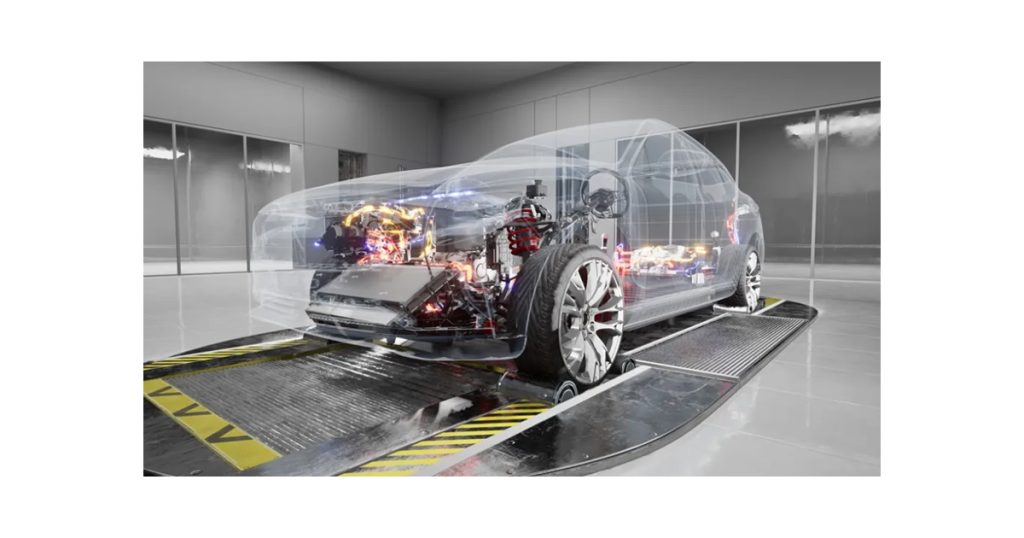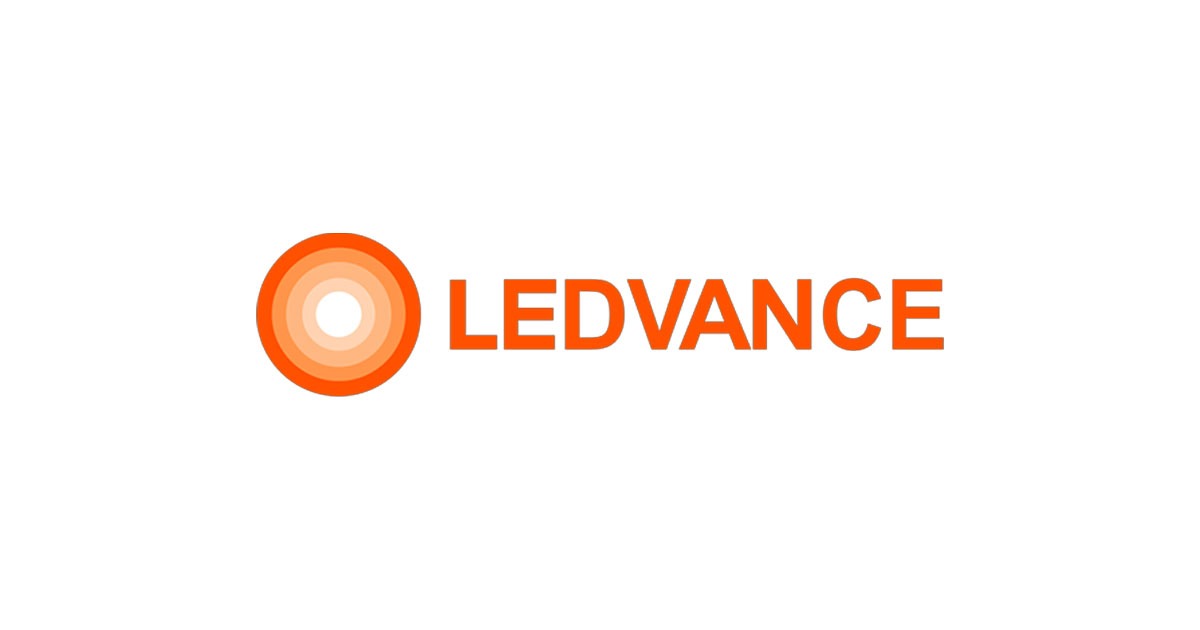What Innovations Are Advancing Electric Vehicle Manufacturing?

January 27, 2025
Advancements in automation and sophisticated testing systems are driving innovations of electric vehicle technology and manufacturing
Few industries are as committed to constant innovation as the automotive industry. Every few years, automotive manufacturers rethink and redesign every aspect of the automobile from the ground up. In an industry where marginal improvements yield significant results, OEMs have a lot to gain from investing heavily in machinery that can produce high-caliber results.
For many years now, the area of automotive manufacturing that has led research and public interest has been electric vehicles—and, by association, autonomous driver technology. These technologies often work hand-in-hand, with cutting-edge electronic vehicles incorporating advanced driver-assistance technology systems, and autonomous vehicles operating on hybrid-electric engines for fuel efficiency.
Convergix is committed to delivering automated platforms that can take your electric vehicle manufacturing and battery testing to the next level. Whether you are an OEM or a supplier, the company can provide the equipment you need to remain at the forefront of automotive innovation. Here are three ways Convergix claims its technology leads the way.
#1) Advanced testing for autonomous systems
Autonomous vehicles rely on two powerful technologies: LIDAR, which scans an environment at high speed and with enough detail to create a dynamic, real-time map of surroundings, even as the vehicle is moving, and AI systems that interpret this input and responds by sending directions to the automobile.
The safety of any autonomous vehicle is only as good as the sensors powering it. Accordingly, autonomous systems require extensive testing to ensure they are accurately mapping surrounding environments and that they are responding quickly enough to avoid accidents.
Very few vehicles currently rely on fully autonomous driving. However, more and more vehicles are equipped with assisted driving technology that combines autonomous systems with human control. These assisted technologies include:
- Adaptive cruise control
- Lane departure warning
- Blind spot detection
- Collision warning
- Pedestrian warning
- Traffic sign detection
- Parking assistance
Convergix provides advanced testing systems for autonomous and assisted driving systems. These test technologies can be incorporated into your production equipment so that you can test at any point in the assembly process to be sure your components meet the high standards required of autonomous systems.
#2) Testing and assembly for fuel cells and batteries
Electric vehicles draw their energy from one of two sources: batteries or fuel cells. Batteries store energy and need to be recharged after a certain amount of use; fuel cells generate energy from a chemical reaction—most commonly between hydrogen and oxygen, with water as the byproduct—and, as a result, require refueling to continue operating.
Both of these technologies is currently undergoing extensive research and testing in order to improve them for electric vehicle use. Already, the advances made by these technologies have extended the range of electric vehicles while also reducing the refueling and recharging time. However, there are still major opportunities for improvement, and the EV manufacturers who find the most efficient solution stand to gain significantly in the automobile market.
The technologies Convergix employs during the assembly process for batteries and fuel cells include robotic handling and assembly, and the application of thermal adhesives, catalyst coatings, conductive coatings, and other chemical surface treatments.
Convergix also has advanced testing and verification tools that can be used throughout the assembly process to ensure components meet specification standards.
#3) Factory automation for EV components
While the components for electric generation and storage power an electric vehicle, they aren’t the only parts required to make an electric vehicle run. An electric vehicle’s drivetrain functions differently all down the line, from the motor, which is composed of both a rotor and a stator, to the inverter, which translates direct current into alternating current, to the drive unit, which communicates driver input from the accelerator to the inverter, thereby controlling speed.
Every one of these components requires its own processes for production, assembly, and testing. The company’s facilities can do all this, with both in-line and end-of-line testing as needed. Our assembly and test capabilities for EV drive trains include:
- EV motors and test stands
- Drive units
- Inverters
- Hybrid engines
Convergix thrives off developing advanced solutions for its customers
The battery equipment Convergix builds for electric vehicles is also used in home battery packs, marine applications, consumer products such as headphones and hearing aids. The company’s automated solutions in this space are also used by the Department of Defense. The advanced testing capabilities the company uses for autonomous vehicle systems can be applied to other autonomous technologies as well. The assembly techniques used for EV components are part of the toolkit Convergix uses in all its automated factory solutions.
Finally, Convergix brings a mindset of efficiency and innovation to every project. The company is constantly looking for ways to improve its assembly design, by reducing the number of steps required for a full assembly, improving the production quality of components, or shrinking the footprint of the production equipment on the factory floor.




